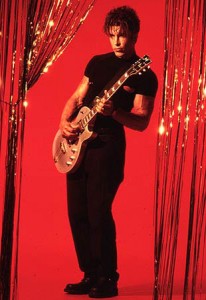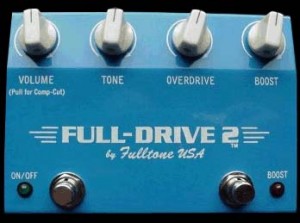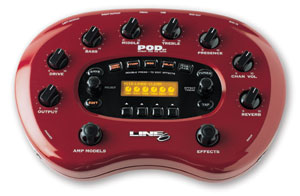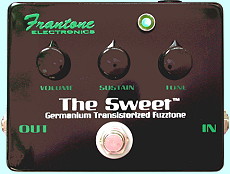Most readers at this site understand I’m a big time “amp nut” – with a special love for old Marshalls in particular. Some readers have even complained, “Too much Marshall!” in terms of content and asked me to pay attention to some other amps out there.
Well, o.k., I’m going to move away from the Marshalls, but not too far for the moment as the Mojave AmpWorks Peacemaker and Plexi 45 certainly share the Marshall heritage – in the case of the Plexi 45, its circuit is as dead-on of a true JTM 45 clone as you’ll find in any new amp built today. The Peacemaker however, adds some twists to the legendary Marshall tone, which we’ll dig into shortly.
Read More »




